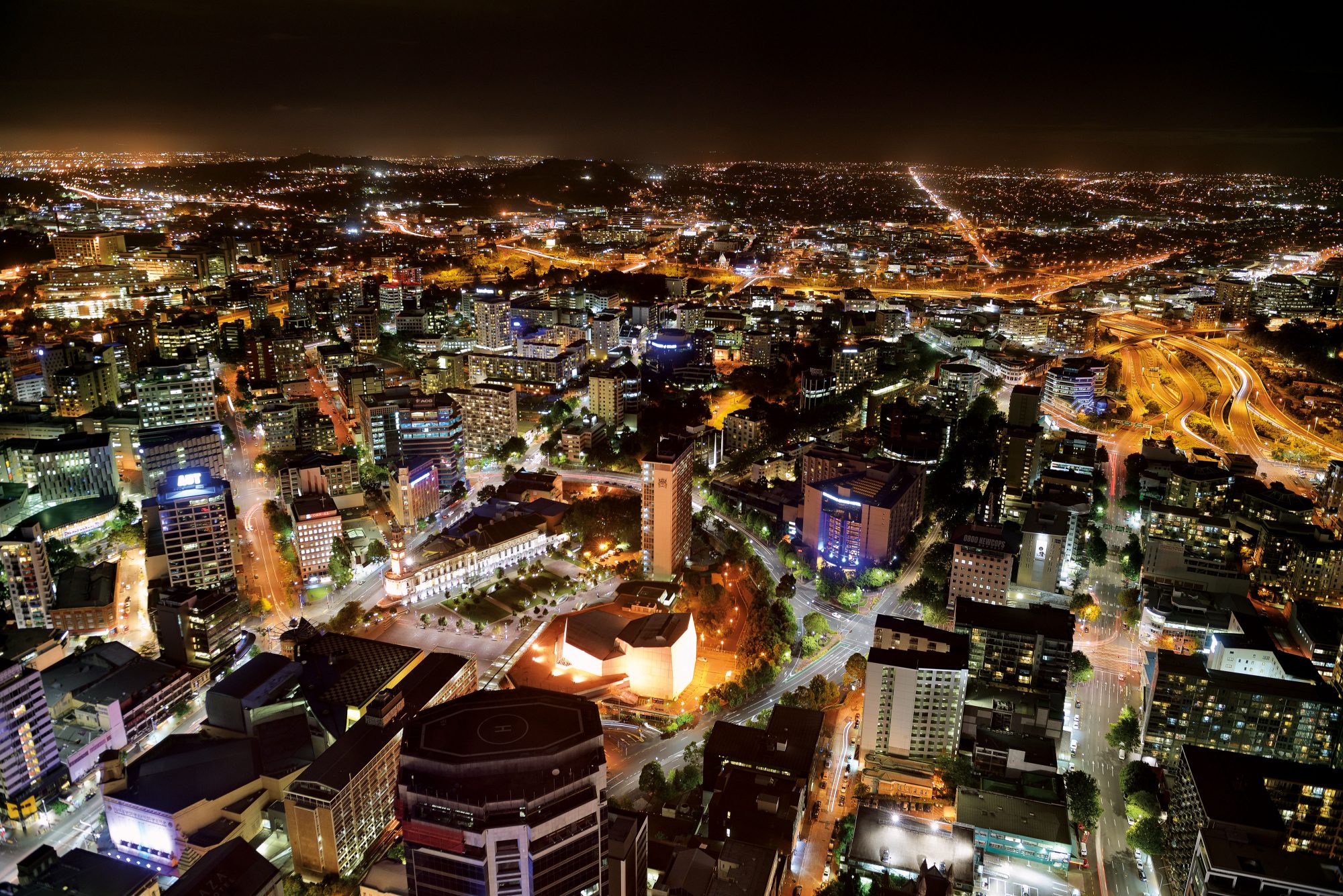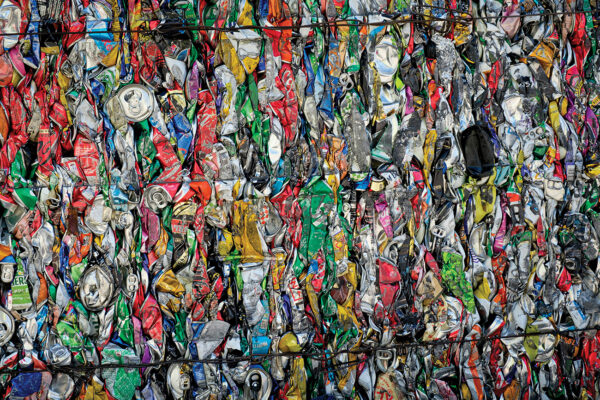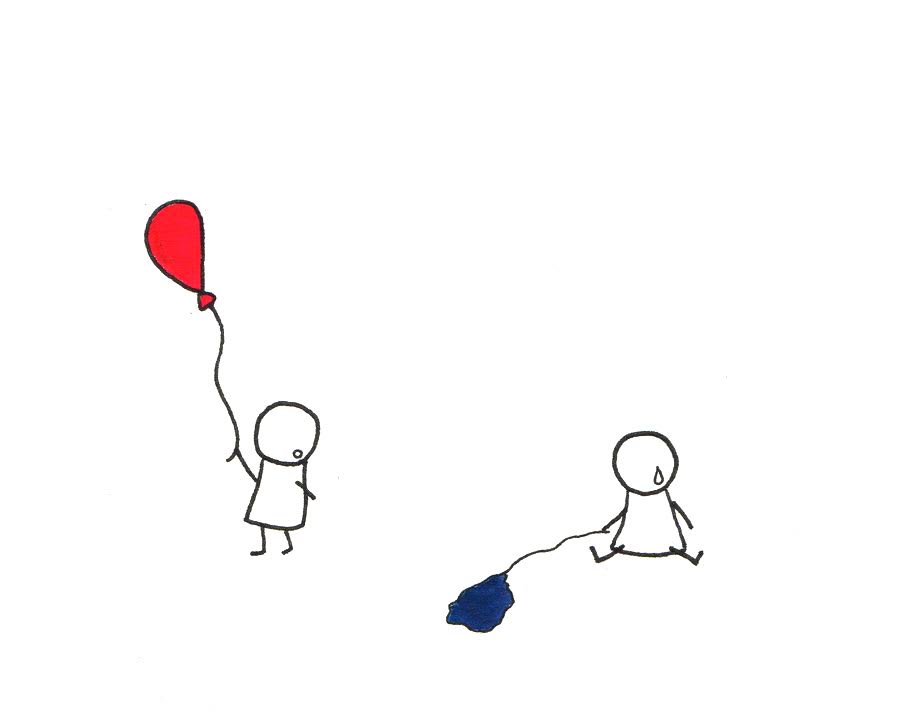
Concrete jungles
Slowly, almost imperceptibly, New Zealand society is changing before our eyes. Despite being the last land mass to be inhabited by humans, we are now one of the most ethnically diverse. And despite priding ourselves on our egalitarian society, the gap between rich and poor is growing faster in Aotearoa than in almost any other country in the OECD. Our cities are thriving, the regions are declining, and almost as nothing is as it seems.
The great recycling delusion
At best, our recycling system is deeply inefficient. Some argue it’s also a deliberate deception—an industry ploy to stop consumers thinking too hard about buying stuff in the first place. But one small town is carving out a better way.
Tiny houses
The idea of minimal living, an international fad, has fallen on fertile soil in New Zealand, thanks to our national housing crisis and shifting ideas about the way we want to live. For some people, a tiny house is the only home they will ever afford to own. Others are stepping off the treadmill of modern life to ask: How much space does a person really need?
No place like home
More than 30,000 New Zealanders lack a proper home, and live instead in cars, caravan parks, night shelters, boarding houses or on the street. It’s one of the most striking symptoms of a country in which people lead increasingly precarious lives.
City sizes
This chart shows how population rankings for New Zealand settlements have changed over 130 years. Every place has its own rich story. The histories of Ōamaru and Hamilton, for example, are a study in contrasts. Ōamaru was a major agriculture service centre in 1891, with a population of 6294. This made it New Zealand’s eighth-largest urban area. The town grew through the first three-quarters of the 20th century, but at a slower rate than other towns. In 1974, the port closed and its population started to fall. In 2018, Ōamaru had 13,600 residents, down from a peak of 15,100 in 1976, and was the 28th-largest urban area. Hamilton was the country’s 17th-largest urban area in 1891,
The greening of the red zone
During the two devastating earthquakes of September 2010 and February 2011, land in the suburbs east of Christchurch sank by a metre. What’s a city to do when an apocalyptic landscape appears right on its doorstep?
Red zone
Entire suburbs were ‘red-zoned’ after the 2011 earthquake in Christchurch. Even now, the fate of these properties and the few residents still wrangling with authorities remains uncertain. Welcome to purgatory.
A third place
Our towns and cities are lacking something important.
K' Road
A kilometre of seal that’s been an ancient Maori path and redoubt, a promenade for housewives to ritzy stores, then a motorway-scarred red-light party zone… and now maybe something else again.
Celebrating the human house
Tony Watkins, champion of the vernacular
Property values
New Zealand’s first state houses came in more than 400 designs that caught the sunlight, maximised views and were sturdy enough to outlast their inhabitants.
Our new society
Slowly, almost imperceptibly, New Zealand society is changing before our eyes. Despite being the last land mass to be inhabited by humans, we are now one of the most ethnically diverse. And despite priding ourselves on our egalitarian society, the gap between rich and poor is growing faster in Aotearoa than in almost any other country in the OECD. Our cities are thriving, the regions are declining, and almost as nothing is as it seems.
The Great South Road: where cultures converge
Once the main route south from Auckland, the Great South Road took war to the Waikato and opened up the city’s fertile hinterland for pioneer farmers. Eventually supplanted as a transport route by the motorway that grew vinelike about it, the old trunk road now connects a series of diverse communities which reflect the waves of migration that have changed the ethnic face of New Zealand’s largest city.
When worlds collide
Ihumātao, a west-facing peninsula on the shore of Auckland’s Manukau Harbour, is the city’s oldest settlement. In 1863, the land was illegally confiscated from Māori. Sacred hills were quarried, 800-year-old burial sites were demolished, archaeological remains were destroyed, a sewage-treatment plant was built over traditional fishing grounds, and a dye spill killed the local creek. Now Ihumātao has been designated a Special Housing Area, without public consultation, and a development of nearly 500 houses is in progress. But for some tangata whenua, enough is enough.
Edge city
Like a runway to the future, Auckland's northern motorway slices across oxidation ponds to reach Albany—a long-neglected rural backwater which is being abruptly transformed into a new city. Despite the speed of change, the district has refused to let its identity be quashed by the encroaching metropolis, and Albany in 1998 presents itself as a colourful mixture of country tenacity and urban flamboyance.
Street wise
Graffiti or street art? Virtuosity or urban menace? While arguments rage over the definition, clandestine art of every colour is changing the face of the Christchurch CBD.





